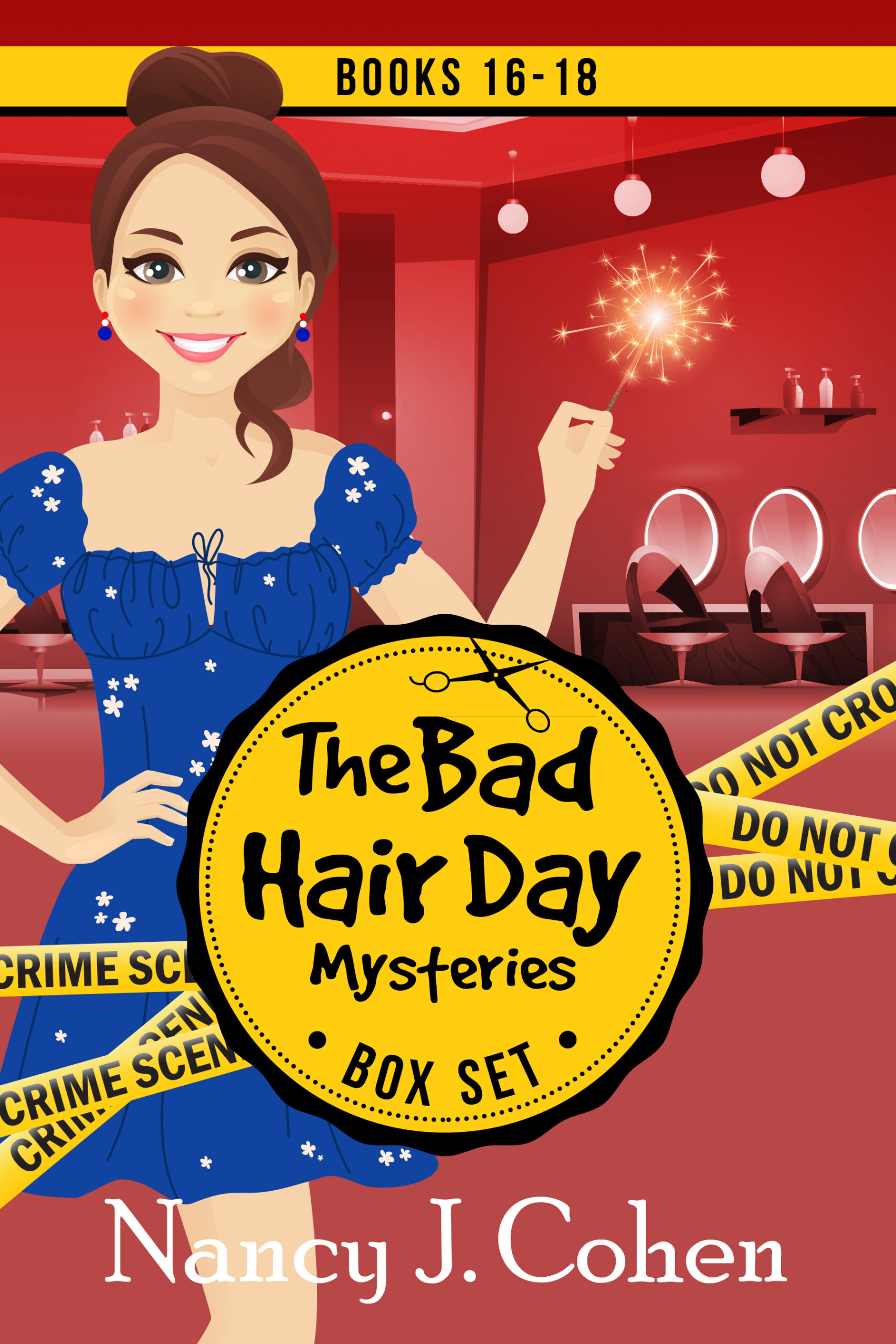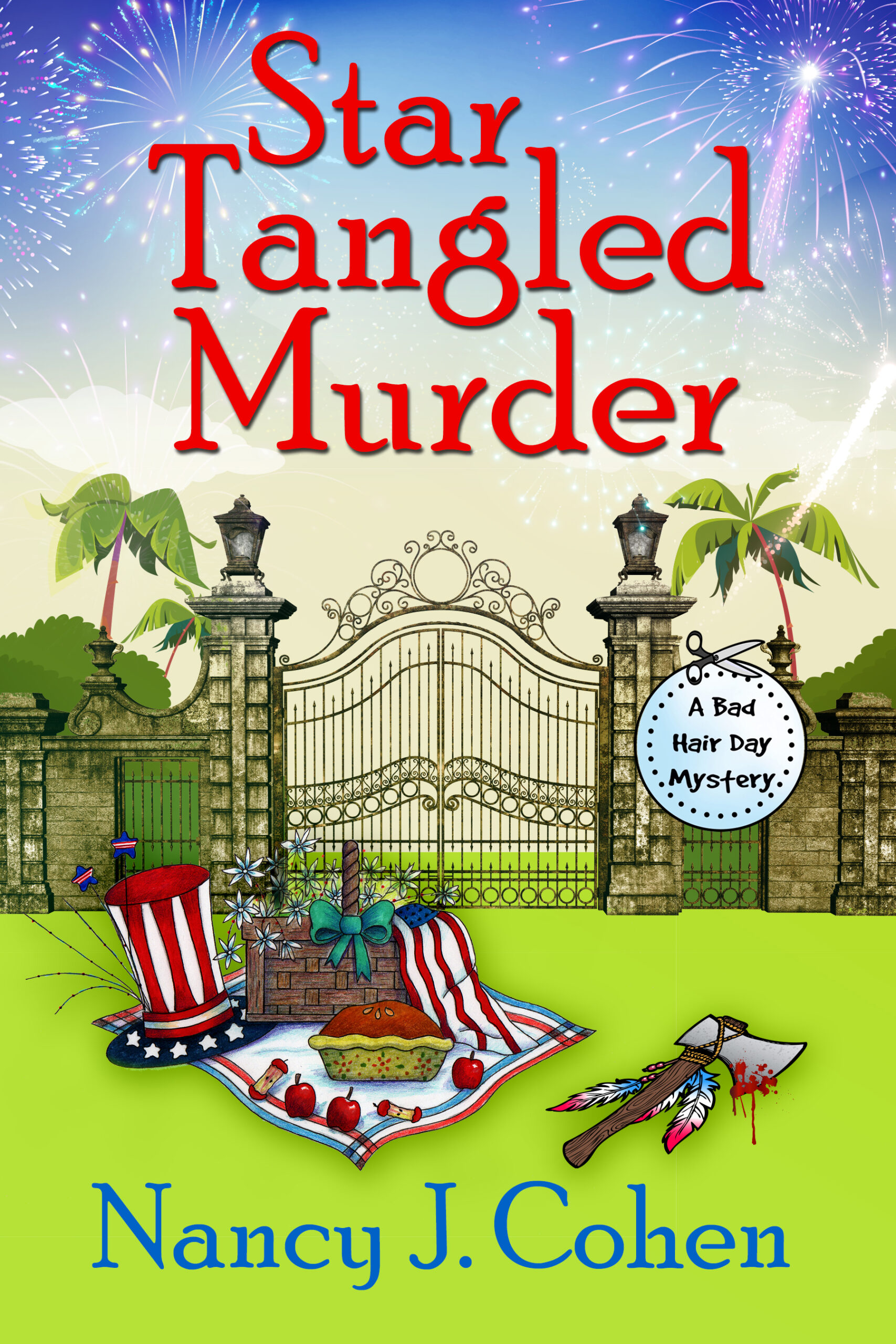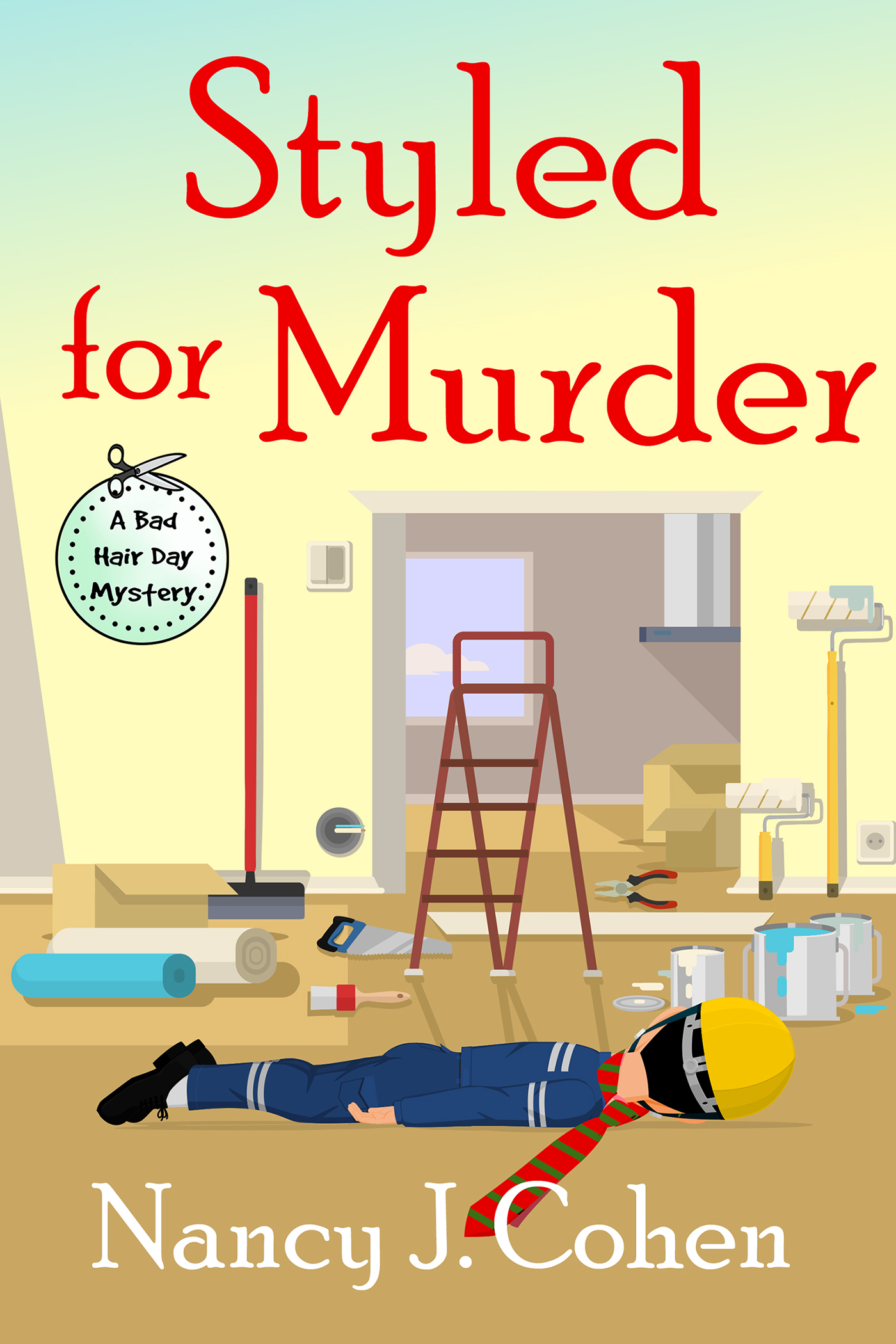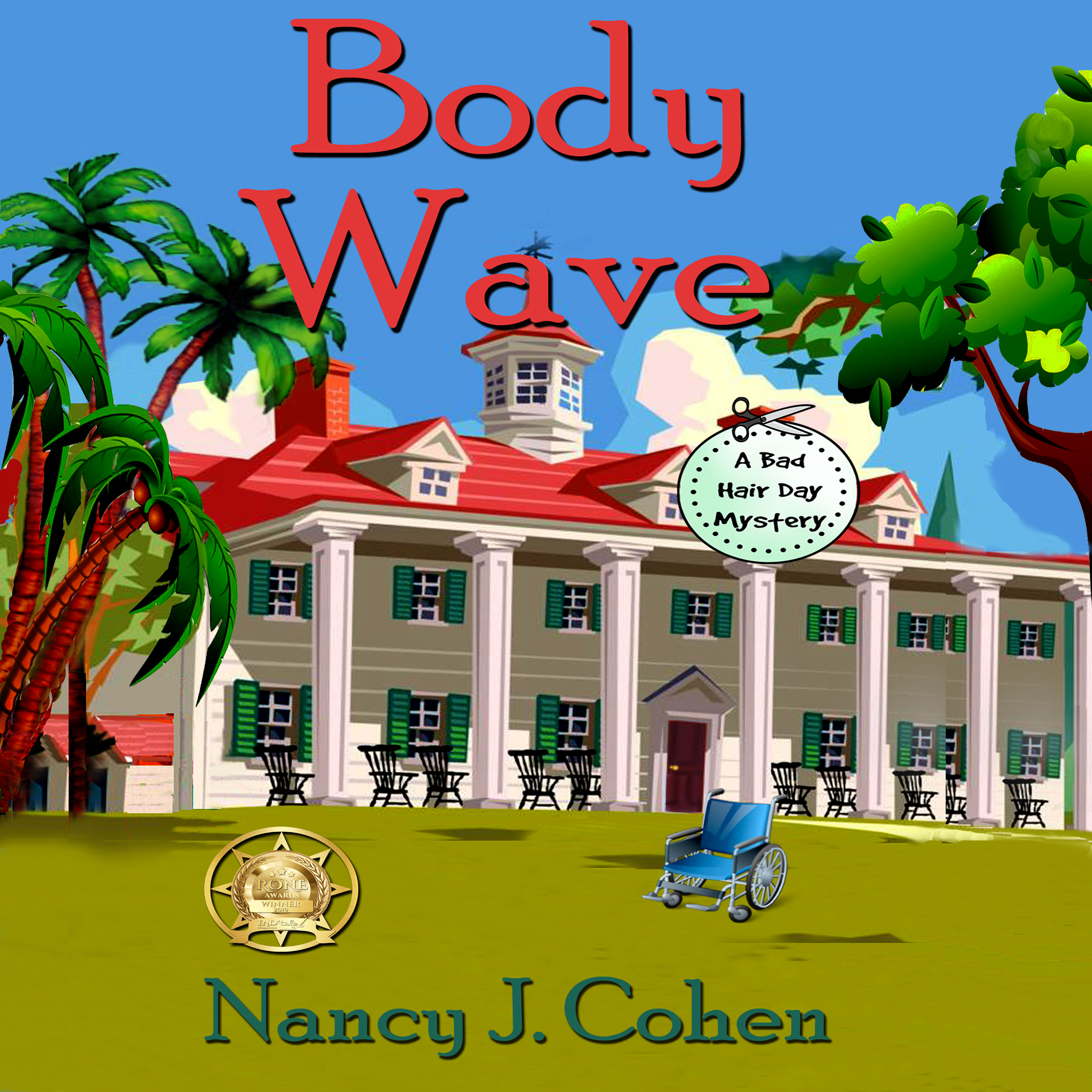We continue with my recap of panels and workshops at SleuthFest. These are my interpretations and notes, and any misstatement is my error. Photos are viewable from my Facebook Page. Go there, Like my page, then click on Photos. Next click on Albums and then SleuthFest 2014.
“Seriously Series” with Joanna Campbell Slan at SleuthFest 2014
In choosing what to read, knowing a book is part of a series might convince you to buy it since there’s a certain degree of success involved. If you really love a book, you’re also happy to know there are more to come in a series. So readers gravitate to series for many reasons. “The richer the world you create, the richer the experience for your readers.”
What returns readers to a series? It feels like you’re revisiting an old friend. This offers a sense of comfort. Plus you know what you’re getting. Familiarity is at the heart of a series. Characters, setting, and occupation may be recurrent.
“You create a universe and populate it.” Do a street chart and a floor plan. Sensory details make the story rich for readers. Have a timeline for your characters. Determine the timing between stories, character ages, grades, and birthdays. “The best part of being an author is when readers believe your characters are real.”
Keep track of places as you write. If you have a fake town, get a map of a real town and change the names. Use it as a model for your town. In your story bible, put a snippet of background on each character, locations, stores in the town, along with stylistic notes such as the chapter heading. Include a style sheet for grammar and special items, such as how to put in craft instructions or recipes. This story bible may also include social issues, time of year, and more.
“Novels are about people. You don’t have a novel about scrapbooking. You have a novel about a character who does scrapbooking.”
If you have a scene that doesn’t go anywhere in a long novel, consider writing a short story. Short stories are also good for side issues, like pre-wedding details or for exploring secondary characters.
Poll your readers and ask what character they would like to see more prominent in your next story.
“Every strength overused is a weakness” in your character. Try to give each person a personal problem to overcome. What are they trying to work out? What are they worrying about? Make the characters different ages because then they’ll have different issues. Everybody has angst. Every now and then, your character’s mask should slip so the reader gets a glimpse of what’s there.
End every book with a cliffhanger. Solve the mystery in this story but start a new one. Ask yourself, what seed can I plant now that will bear fruit in a future book?
“The first line sells that particular title; the last line sells the next book.”
<><><>
Joanna is the author of the Kiki Lowenstein mystery series and the Jane Eyre Chronicles.

























Oddly, I’m much more excited about writing a mystery series than I was with romance. Not sure why that is, except that I look forward to continuing with the characters I established in the first book.
It’s fun to write a series, like you are revisiting friends each time. And you can develop the characters more fully, watch them evolve like in real life with their various relationships. Plus it’s easier than recreating the universe for each single-title book.
I agree with the benefits of writing a series. Once readers get hooked on particular characters, they want to continue reading about their lives and the new mysteries they will solve.
One just has to make sure that readers can jump into the series with any book. I address these topics in my Writing the Cozy Mystery book.